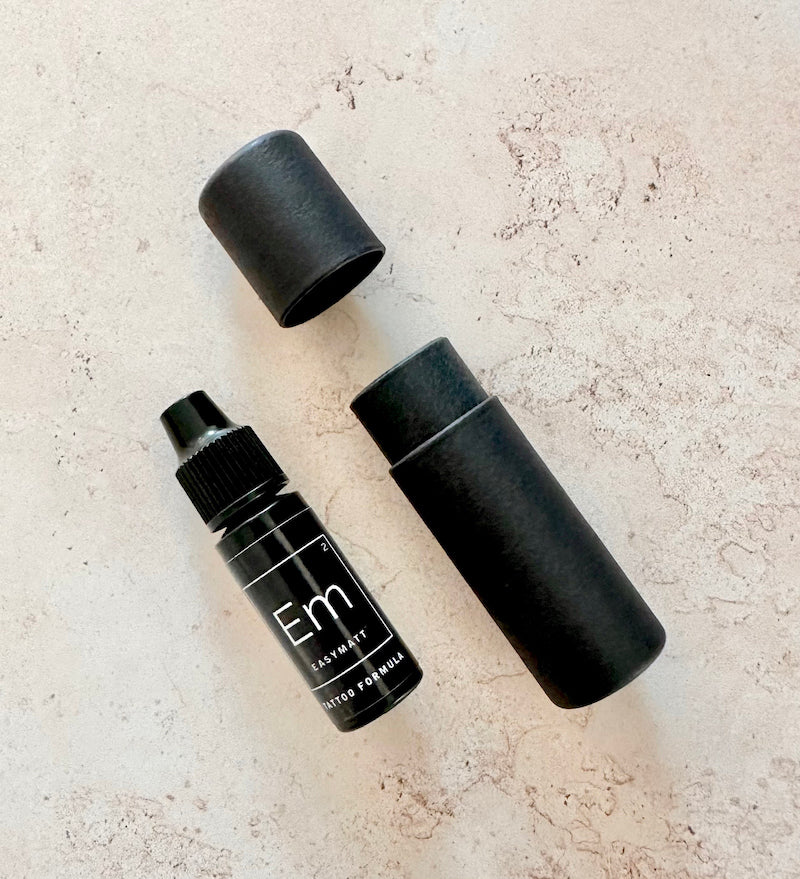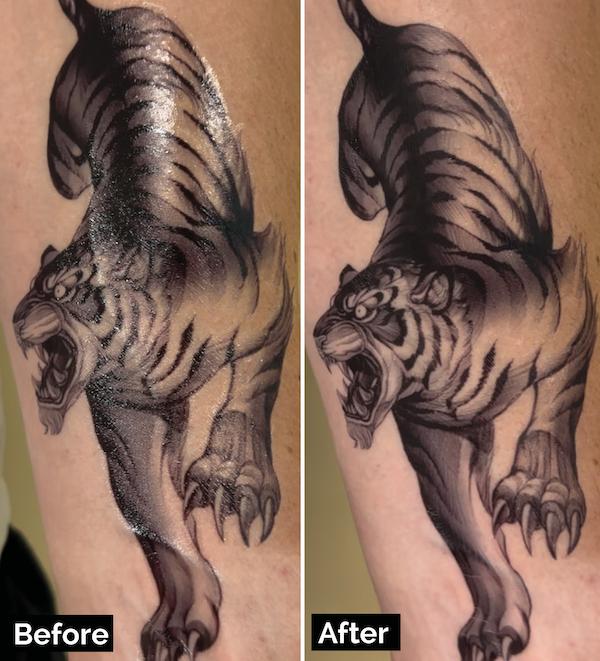Norm 'Sailor Jerry Collins: The Father of Modern Tattoo

Norm ‘Sailor Jerry’ Collins: The Father of Modern Tattoo
Written by Samuel J. Cox
By the conclusion of World War Two Sailor Jerry had become a true master of tattoo, arguably the foremost traditional American style tattoo artist, but a chance encounter on the idyllic shores of Hawaii would lead to a ground-breaking new direction.
Like his name sake, Jerry could be a cantankerous mule of a man and in the years after World War Two he would close his shop in a dispute with the government over taxes. Sailor Jerry would recede from the life of a professional tattooist for a time, instead returning to the sea. Then, rather remarkably, Jerry would have a chance meeting with a Japanese man on the shores of Hawaii that would lead him into uncharted waters. It does appear ludicrous that, in the immediate aftermath of World War Two, Sailor Jerry would have fostered friendships and connections within Japan. This was the right-wing navy man who had witnessed the attack on Pearl Harbour on his doorstep, before surviving the sinking of three ships at the same hands, yet in the story of Sailor Jerry truth was often stranger than fiction.
As a master of his art, Sailor Jerry was instantly enamoured with the technical and compositional superiority of the Japanese style. These advantages were combined with the uniquely attractive Japanese aesthetics, creating what Jerry’s protégé Don Ed Hardy would describe as the only viable “high culture” tattoo form of the time. Japanese tattoo masters employed water shading to achieve a greater tonal range which gave their tattoos greater depth and impact. Moreover, Japanese style consisted of flowing interconnected tattoos which were artistically complex, dwarfing the scale of American style tattoos. American traditional style has its own appeal which has ensured an enduring popularity, but Jerry found the lure of Japanese tattoo irresistible. He would study these techniques and not only imitate them but be inspired by them. As an American Jerry was the first to achieve three artistic feats; he would accurately reproduce large pieces in Japanese style, he fused Japanese techniques and style with traditional pieces and he would take old-style American designs and integrate them into a flowing Japanese style composition. Sailor Jerry’s skilful combination of Japanese style with American flair was the quantum leap that would place him at the pinnacle, inspiring a whole new wave of tattooing. If tattooing was a ship, Jerry had just wet the sail.


Within the underground world of tattoo, the name Sailor Jerry carried weight, but just like that world itself he largely shunned publicity. Indeed, he maintained a feud with a prominent San Francisco based tattooist Lyle Tuttle due to Tuttle connecting himself to the hippy movement and becoming somewhat of a media darling. Jerry’s quiet revenge comprised of a picture of Tuttle on his tattoo parlour’s toilet seat. However, the balance of Jerry’s relationships within the tattoo world was very much Yin and Yang; for every feud there was a fruitful friendship. Jerry’s deep draught of tattoo knowledge would draw in three young protégés; Zeke Owens, Mike Malone and Don Ed Hardy.
All three of these young tattooists became exceptional exponents of the art, but it was Ed Hardy who would eventually breakthrough into popular culture and be responsible for bringing his old master, Sailor Jerry, back to the fore. While being formally educated at the San Francisco Art Institute, Hardy descended into the world of tattoo and quickly established a correspondence with Jerry. Hardy’s formal art background brought a different perspective that led to a creatively combustible (Jerry’s favourite kind) but productive relationship. Hardy saw Jerry as the guiding light, the “big guru” who was steaming off into the distance while most other tattoo artists were still raising their sails.
Sailor Jerry had a complete lack of formal education, yet college educated Hardy came to see Jerry as a self-educated, brilliant polymath. Initially developing an interest in electronics so he could modify his tattooing machines, Jerry became a self-taught expert in the area. Appropriately named Sailor, Jerry earned and maintained masters papers for every classification of vessel available. Perhaps most shockingly the gruff, rough talking tattooist would transform into a silky smooth, gregarious radio host for his late night show the ‘Old Ironsides’. Nonetheless, art and tattoo remained Jerry’s primary focus; he was continually looking to advance his knowledge, hone his skills and expand his horizons.

Jerry’s international connections within the tattoo world were pioneering and in 1972 he and Hardy would host Mike Malone, Des Connolly (Australian) and Kazuo Oguri (Japanese) at his house; the world’s first (informal) international tattoo convention. Acting the congenial host Jerry personally picked up his Japanese friend from the airport, before preceding to kindly drive his Japanese friend out to one of the premier tourist attractions of Hawaii, Pearl Harbour!
Sailor Jerry’s body art wasn’t simply skin deep, the tattooist poured himself into his work; his style, his humour, his own viewpoint and ideas. Jerry once wrote to Hardy that (in relation to a specific dragon design) yin and yang are always fighting “…it’s the way that Yin Yang functions…if there is no opposition of forces there is no evolution of life!” Certainly, Jerry didn’t mind firing off a few salvos, or receiving a few for that matter, as he believed you had to emerge from the crucible to be driven to new heights.
In June 1973 Sailor Jerry was riding his Harley through Hawaii, when he had a heart attack, being forced to pull over and lay down beside his bike on the edge of the road. As he had survived torpedoed ships in the pacific, so Jerry managed to beat back the initial assault and ride home. However, this was not an opponent he could best; it was death the natural partner to life. In a last act of that mix of respect, defiance and dark humour Jerry declared to his wife that his tattoo shop must either go to Zeke, Hardy or Malone, or be burnt to the ground.
If anyone is deserving of the title the father of modern tattoo it is Sailor Jerry, yet he would have been ill suited for the cultural change and acceptance of tattoo that his proteges would live to see. In a sign of how the culture of tattoo has come full circle, Sailor Jerry’s catalogue of artwork can now be found being displayed in galleries. Sailor Jerry was a masterful creator with a vast lifetime body of work that elevated tattoo beyond the skin, truly deserving of the title artist rather than simply tattooist.




